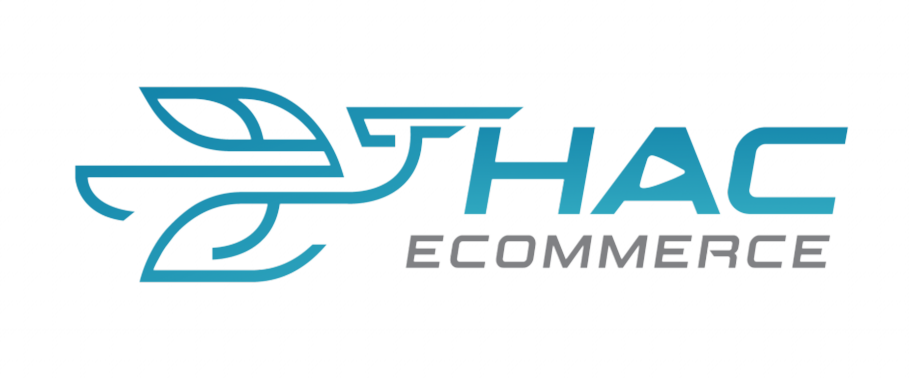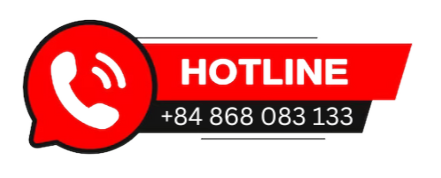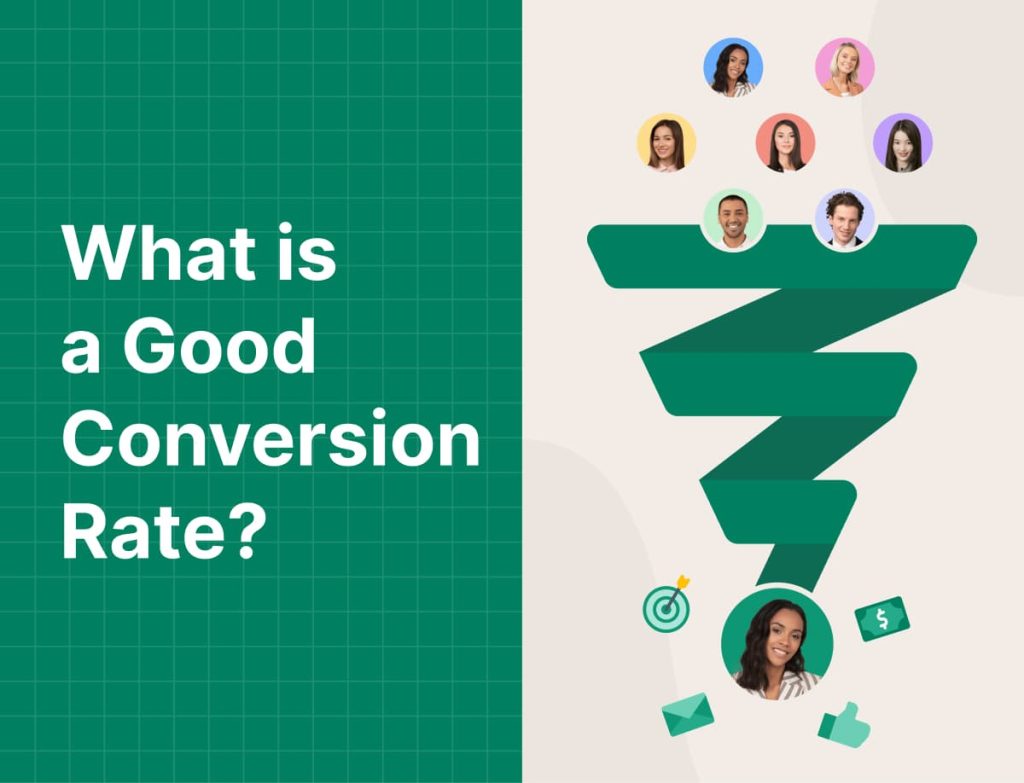What is the Conversion Rate? Conversion rate is one of the most critical metrics in digital marketing and e-commerce. Whether running ads, optimizing landing pages, or managing an online store, understanding and improving your conversion rate can make or break your business. But what exactly is conversion rate, and why does it matter so much?
In this blog post, we’ll break down the definition of conversion rate, explain how to calculate it, why it’s essential, and how you can optimize it for better business results.
What is the Conversion Rate?

Conversion rate is the percentage of users who take a desired action on your website or app. This action could be anything depending on your business goals—purchasing, signing up for a newsletter, submitting a form, downloading an eBook, or clicking a specific button.
In simple terms:
Conversion rate = (Number of conversions / Total visitors) x 100
For example, if your website had 1,000 visitors last month and 50 of them made a purchase, your conversion rate would be:
(50 / 1000) x 100 = 5%
Why is Conversion Rate Important?
Conversion rate tells you how effective your marketing efforts and website performance are. A high conversion rate means your website successfully convinces visitors to take action. A low conversion rate may suggest problems with your messaging, user experience, or targeting.
Here’s why conversion rate is crucial for business growth:
- Higher ROI: If you’re running paid ads, improving your conversion rate can help you get more sales without increasing your ad budget.
- Improved customer journey: Focusing on conversion rate helps optimize your website, landing pages, and sales funnel.
- Better decision-making: You can make data-driven decisions about product offers, content, and marketing channels.
- Cost efficiency: Instead of spending more to get traffic, you increase the value of the traffic you already have.
Different Types of Conversions
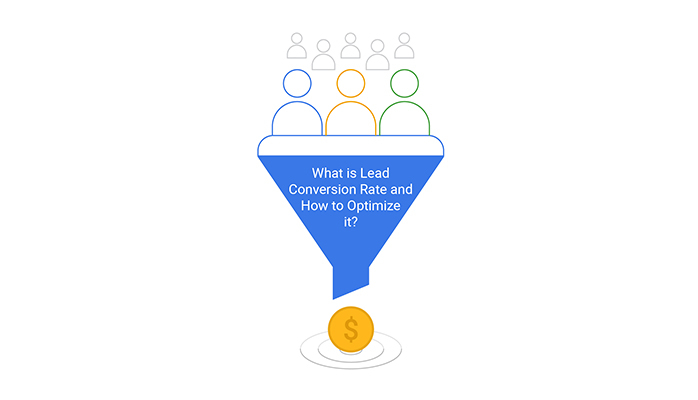
Depending on your goals, conversions can be macro or micro.
1. Macro Conversions
These are primary goals—big wins for your business. Examples include:
- Completing a purchase
- Subscribing to a paid plan
- Requesting a quote
2. Micro Conversions
These are smaller actions that lead toward a macro conversion. Examples include:
- Adding a product to a cart
- Clicking a CTA button
- Signing up for a free trial
- Watching a product demo video
Tracking both types helps you understand user behaviour and optimize your funnel effectively.
How to Calculate Conversion Rate
To calculate the conversion rate, you need two things:
- The number of conversions
- The total number of visitors or interactions
Basic formula:
Conversion Rate = (Conversions ÷ Total visitors) x 100
Example scenarios:
- E-commerce store: 100 conversions out of 2,000 visitors = 5% conversion rate
- SaaS product: 30 trial sign-ups from 500 landing page visits = 6% conversion rate
- Email campaign: 40 people click and register from 1,000 emails = 4% conversion rate
What is a Good Conversion Rate?
There’s no universal benchmark because conversion rates vary by industry, traffic source, and product type. However, here are some rough averages:
| Industry | Average Conversion Rate |
|---|---|
| Ecommerce | 1% – 4% |
| B2B SaaS | 5% – 8% |
| Landing pages | 2% – 6% |
| Email marketing | 2% – 5% |
| Paid ads (Google/Facebook) | 3% – 10% |
Tip: Instead of comparing with others, track your baseline and aim to improve it consistently.
Common Factors That Affect Conversion Rate
Many elements on your site or campaign can impact the conversion rate. Some of the key ones include:
- Website speed and mobile-friendliness
- Clear and compelling CTAs (Call-to-Action)
- User-friendly navigation and design
- Social proof (testimonials, reviews, trust badges)
- Product descriptions and high-quality images
- Relevance between ad and landing page content
- A/B testing different headlines, layouts, and offers
How to Improve Your Conversion Rate (CRO Tips)
Conversion Rate Optimization (CRO) increases the percentage of visitors who take your desired action. Here are some proven ways to boost your conversion rate:
1. Optimize Landing Pages
Create targeted landing pages with one clear CTA. Avoid clutter and ensure the page aligns with your ad or traffic source.
2. Improve Page Load Speed
A slow-loading site frustrates users and increases the bounce rate. Use tools like Google PageSpeed Insights to improve performance.
3. Use Clear, Action-Oriented CTAs
Avoid vague CTAs like “Submit.” Use action words like “Start Free Trial,” “Get My Discount,“ or “Download Now.”
4. Leverage A/B Testing
Test different versions of your headlines, images, button colours, and offers. Let data—not assumptions—guide your decisions.
5. Add Social Proof
To build trust, display genuine customer reviews, ratings, case studies, or user-generated content.
6. Offer Money-Back Guarantees
Removing risk can help hesitant buyers convert. A guarantee can boost confidence in your product or service.
Tools to Track and Optimize Conversion Rate
There are many tools available to help monitor and improve conversion rates:
- Google Analytics: This is used to track user behaviour, conversions, and traffic sources.
- Hotjar / Crazy Egg: This is for heat maps and session recordings to see how users interact.
- Optimizely / VWO: For A/B testing and personalization.
- HubSpot / Mailchimp: This is for email marketing and landing page conversions.
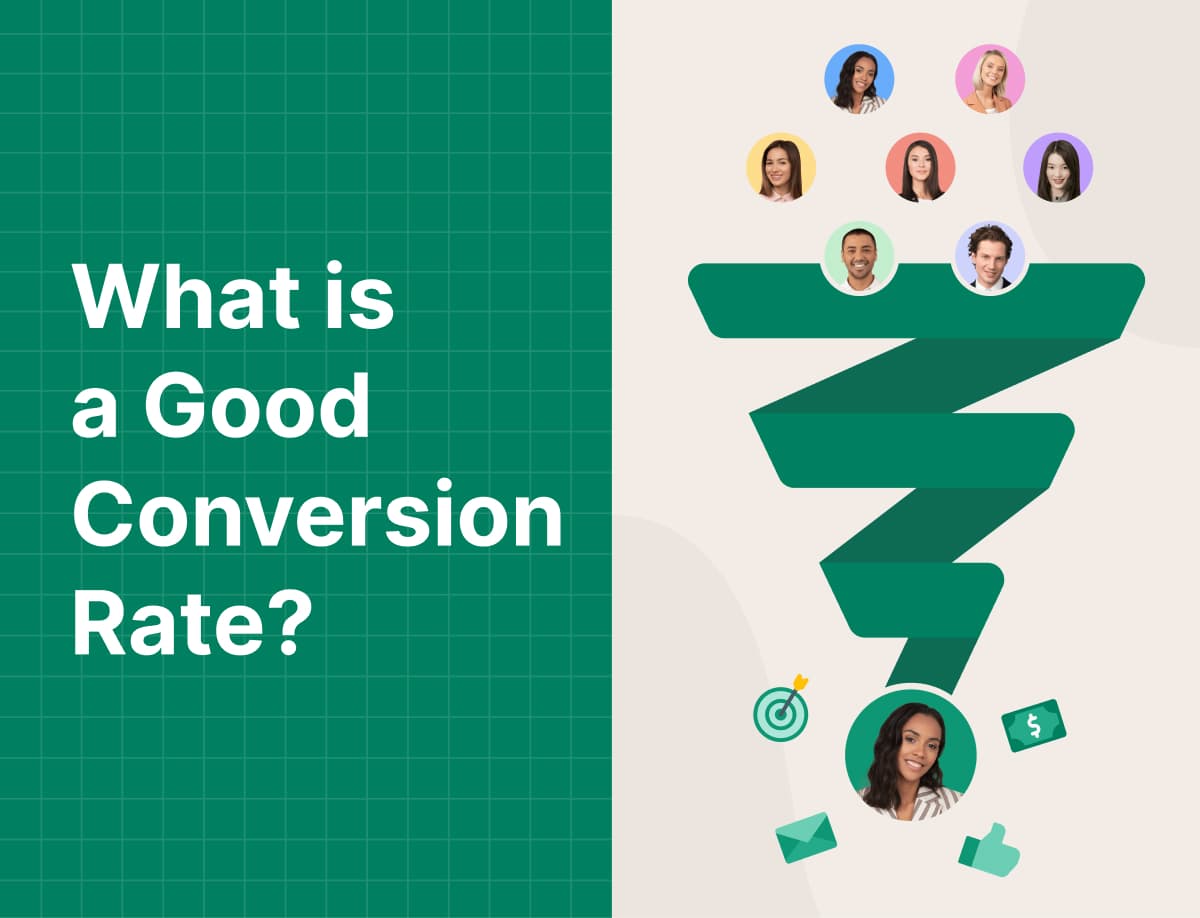
Conclusion
Understanding conversion rate and how it impacts your business is essential for any marketer or business owner. Whether in e-commerce, SaaS, or lead generation, your conversion rate directly affects your revenue and growth potential.
By tracking, analyzing, and continuously improving your conversion rate, you can make smarter decisions, reduce wasted traffic, and increase profitability—all without spending more on marketing.
So the next time you look at your analytics dashboard, don’t just count the clicks—focus on conversions.
Want more insights on improving your online sales and conversion rate? Follow our blog at Hac Ecommerce for the latest growth strategies, CRO tips, and e-commerce trends.
Additionally, Hac Ecommerce offers a range of comprehensive services designed to support and empower businesses operating in the POD (Print on Demand) industry. These services include fulfillment solutions, payment account rentals, and design cloning, all of which are tailored to meet the unique needs of entrepreneurs in this niche.
